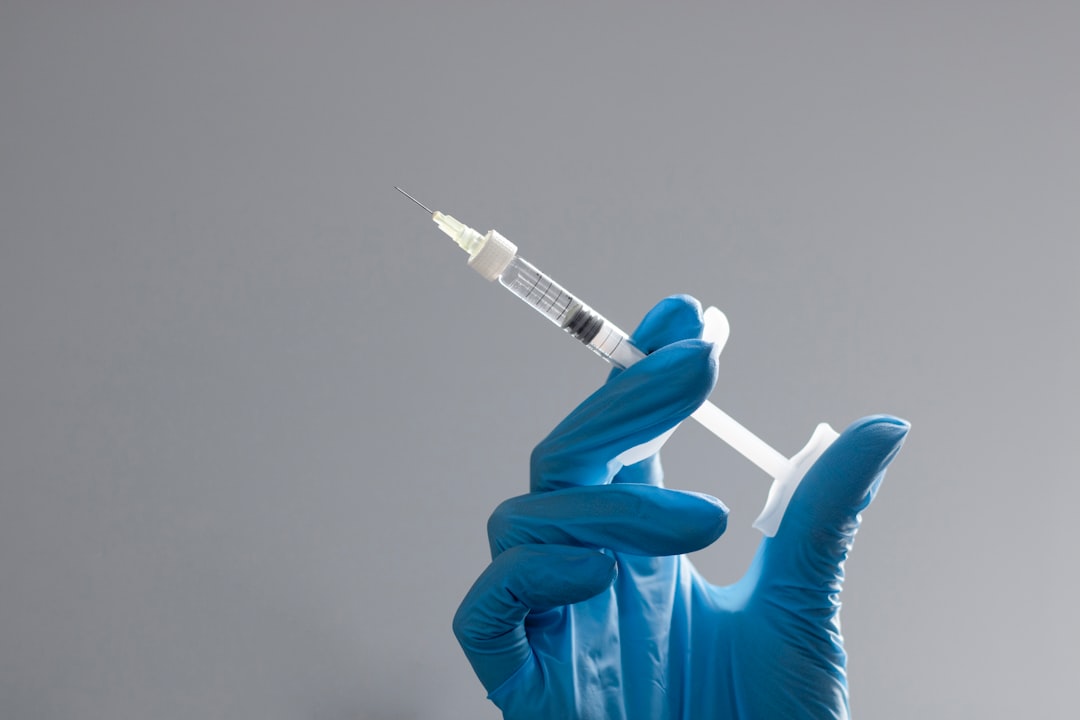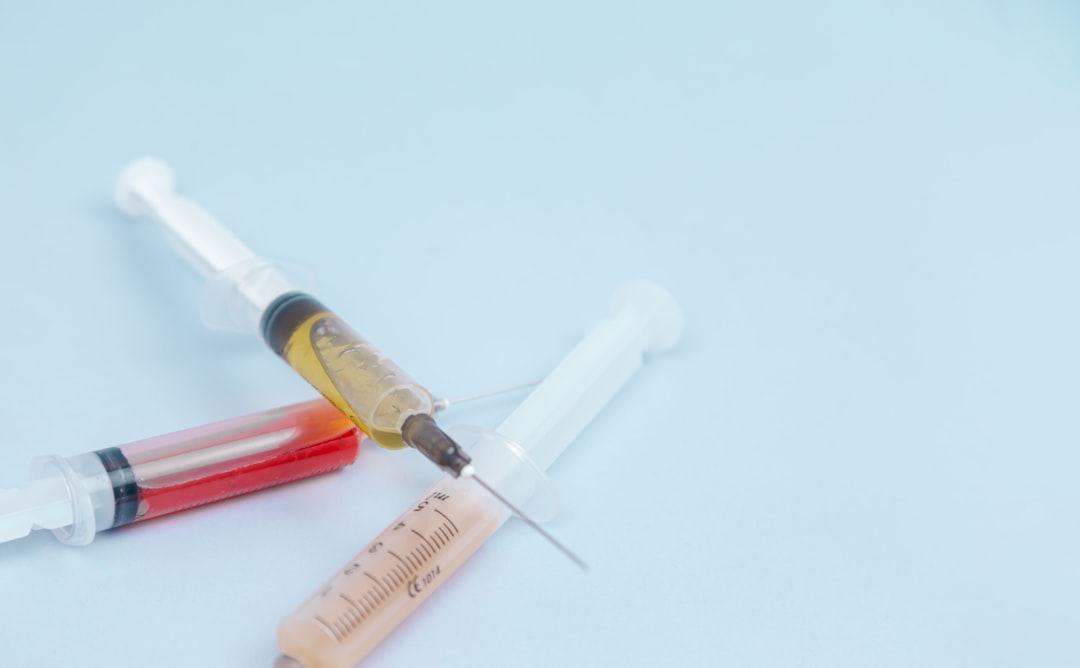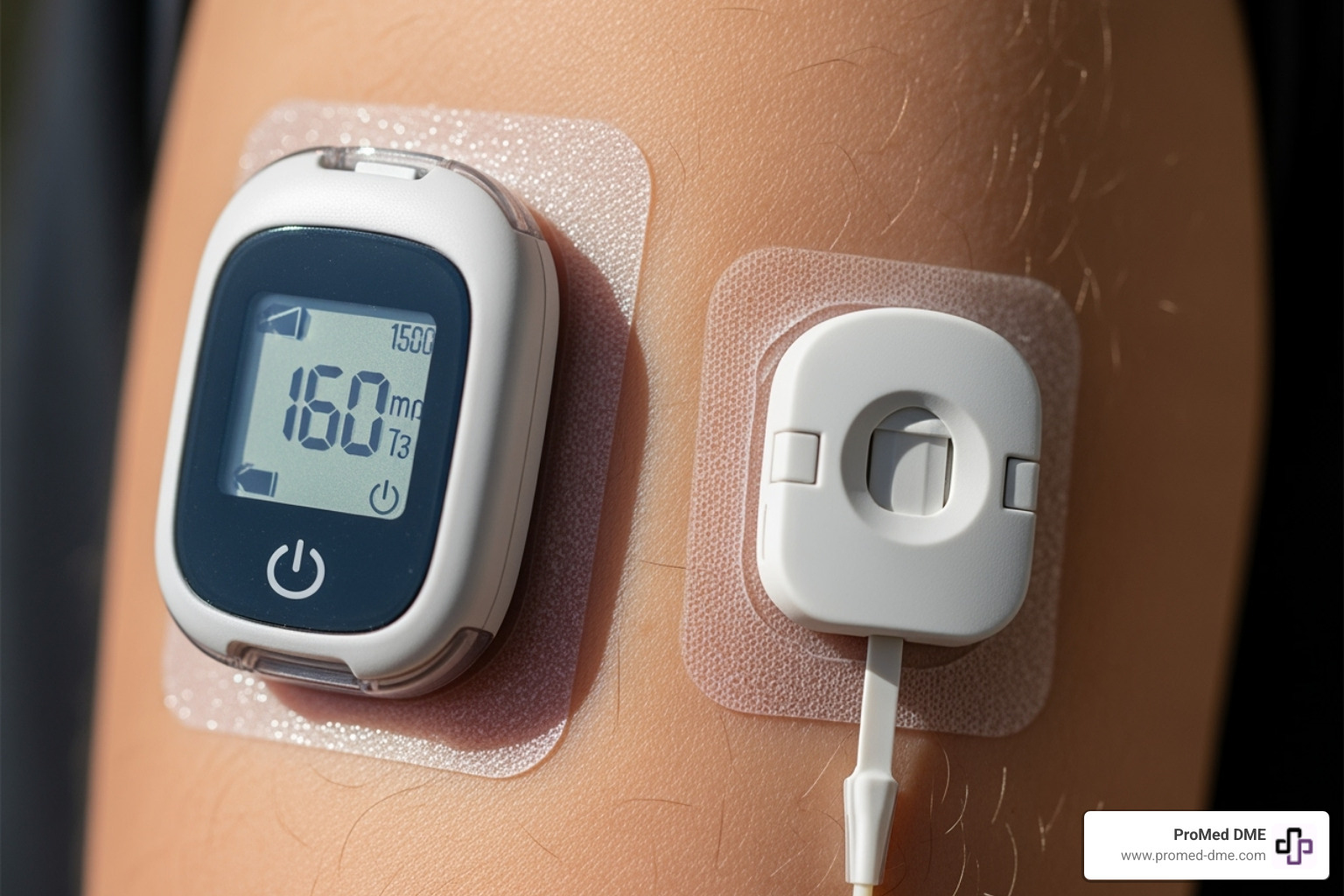Continuous Glucose Monitor Showdown: Top Brands Compared

Why Continuous Glucose Monitors Are Essential
When it comes to managing diabetes, having the right tools can make a world of difference. One such tool is the Continuous Glucose Monitor (CGM). These small, wearable devices track your glucose levels in real time, giving you valuable insights into your blood sugar patterns throughout the day and night.
Here's a quick Continuous glucose monitor comparison to get you started:
- Abbott FreeStyle Libre 2 and 3: Known for their ease of use and affordability.
- Dexcom G6 and G7: Praised for their high accuracy and advanced features.
- Medtronic Guardian Connect: Offers robust, feature-rich monitoring but requires calibration.
CGMs don't just keep you informed; they provide real-time alerts for high and low blood sugar levels, reducing the risk of dangerous glucose spikes or dips. This capability empowers users to make timely, informed decisions about their diet, exercise, and medication.
Furthermore, CGMs eliminate the need for multiple daily finger pricks. Instead, a simple sensor placed on the skin continuously measures glucose levels, transmitting the data to your smartphone or a handheld device. This is especially beneficial for individuals who find traditional methods cumbersome or painful.
At ProMed DME, we believe that everyone deserves access to the benefits of CGMs. We are committed to simplifying the process of obtaining these devices, from securing prescriptions to navigating insurance coverage and exploring free options.

What is a Continuous Glucose Monitor?
A Continuous Glucose Monitor (CGM) is a device that assists individuals with diabetes in monitoring their glucose levels continuously throughout the day. This innovative tool provides a detailed view of glucose trends, which is crucial for effective diabetes management.
Components of a CGM
A CGM system typically includes three main components:
- Sensor: This is a small device inserted under the skin to measure glucose levels.
- Transmitter: Attached to the sensor, it sends glucose data to a receiver or smartphone.
- Receiver/Smartphone App: This component displays the glucose data, allowing for real-time monitoring and management.
Real-Time vs. Intermittently Scanned CGMs
CGMs come in two types: real-time and intermittently scanned. Real-time CGMs provide continuous data updates directly to your device, enabling active monitoring. Intermittently scanned CGMs require a manual scan to retrieve the glucose data.
How CGMs Work
The sensor, placed under the skin, is the core component. It's designed for comfort and precision, typically lasting 10 to 14 days. The transmitter relays the data to your smartphone or dedicated receiver, where you can view and analyze your glucose levels in real time.
Benefits of Using a CGM
- No More Finger Pricks: Reduces the need for frequent blood sampling.
- Real-Time Data: Offers insights into glucose trends, aiding in better decision-making.
- Alerts and Alarms: Provides notifications for abnormal glucose levels, enhancing safety.
At ProMed DME, we support your journey with CGMs, ensuring you find the right device for your needs.
Top Continuous Glucose Monitors Compared
Choosing the right continuous glucose monitor (CGM) is crucial for effective diabetes management. Here’s a comparison of some top CGM models based on key features like sensor life, ease of use, and cost-effectiveness.
Each model offers unique features that cater to different needs and preferences. ProMed DME is here to help you navigate these options and find the CGM that best fits your lifestyle and budget.
Continuous Glucose Monitor Comparison: Key Features
When it comes to managing diabetes, choosing the right continuous glucose monitor (CGM) can make a big difference. Below, we break down the key features to help you make an informed decision.
Accuracy
Accuracy is crucial for CGMs. The Mean Absolute Relative Difference (MARD) score is a common measure of accuracy. Lower MARD scores indicate better accuracy.
Cost
Cost is another important factor. Let's break it down:
- Insurance Coverage: Most CGMs are covered by insurance, which can significantly reduce out-of-pocket expenses.
- Out-of-Pocket Expenses: Without insurance, costs can vary.
- Retail Prices: Generally, prices are competitive across different models.
- Pharmacy Options: Available at most major pharmacies.
Ease of Use
Ease of use can make or break your experience with a CGM.
- Sensor Insertion: Look for models with a one-button applicator that makes insertion quick and painless.
- App Interface: Choose systems that offer user-friendly apps that display data clearly.
- Data Analysis: Opt for systems that provide comprehensive data analysis.
- Remote Monitoring: Consider models that allow for remote monitoring, which can be a lifesaver for parents or caregivers.
Alerts and Alarms
Alerts and alarms are essential for safety.
- Customizable Alerts: Opt for models that offer customizable alerts for high and low glucose levels.
- Predictive Alarms: Consider models with predictive alarms that warn you of impending lows, adding an extra layer of safety.
Data Sharing and Interoperability
Sharing data and integrating with other devices can improve diabetes management.
- Remote Monitoring: Choose models that shine with the ability to share data with caregivers and healthcare providers in real-time.
- Integration with Insulin Pumps: Look for models that integrate seamlessly with various insulin pumps.
- Data Analysis Platforms: Opt for systems that offer robust platforms for data analysis.
Choosing the right CGM involves considering these key features. In the next section, we'll answer some frequently asked questions to help further guide your decision.
Frequently Asked Questions about Continuous Glucose Monitors
What is the most accurate continuous glucose monitor?
When it comes to accuracy, Dexcom G7 and Abbott FreeStyle Libre 2 are two top contenders.
Accuracy is often measured using a metric called MARD (Mean Absolute Relative Difference). The lower the MARD, the more accurate the device. Both the Dexcom G7 and the FreeStyle Libre 2 have impressive MARD scores, making them reliable choices for continuous glucose monitoring.
Dexcom G7:- Known for its high accuracy with a MARD score around 8.2%.- Provides real-time glucose readings every 5 minutes.- No need for fingerstick calibrations, though optional.
Abbott FreeStyle Libre 2:- Also boasts a competitive MARD score, ensuring precise readings.- Provides readings every minute, with optional real-time alarms for high and low glucose levels.- Requires scanning to view glucose data, unless alarms are enabled.
What is the cheapest CGM without insurance?
Cost is a major factor for many people when choosing a CGM. Without insurance, the FreeStyle Libre products are generally more affordable compared to other options.
FreeStyle Libre 2:- Sensors cost about $40 each, and they last for 14 days.- No need for a separate transmitter, reducing overall costs.
FreeStyle Libre 3:- Slightly more expensive than Libre 2 but offers a smaller, thinner sensor.- Provides continuous readings directly to your smartphone without scanning.
Dexcom G7:- Tends to be pricier, with sensors costing around $89 per month with a special rate for some commercial insurance plans.- Offers advanced features and high accuracy, which may justify the higher cost for some users.
Which is better, Libre 3 or Dexcom G7?
Choosing between the Libre 3 and Dexcom G7 depends on your preferences and needs.
Accuracy:- Both devices are highly accurate, but Dexcom G7 has a slightly better MARD score.
Features:- Dexcom G7: Offers real-time alerts, customizable alarms, and integration with insulin pumps.- Libre 3: Features the smallest and thinnest sensor, no need for scanning, and real-time data sent directly to your smartphone.
User Preferences:- If you prefer a more discreet and hassle-free device, the Libre 3 might be the better choice.- If you need more advanced features and integration with other diabetes management tools, the Dexcom G7 could be more suitable.
Both the Libre 3 and Dexcom G7 offer excellent performance. Your choice should align with your lifestyle, budget, and specific health needs.
Conclusion
Choosing the right continuous glucose monitor (CGM) can significantly improve diabetes management. Each CGM has its strengths, and understanding these can help you make an informed decision.
Key Points:
- Abbott FreeStyle Libre 2 and 3: Known for their ease of use and affordability. The Libre 3 offers real-time data without scanning.
- Dexcom G6 and G7: Highly accurate with advanced features and integration options. The G7 is more compact and user-friendly.
- Medtronic Guardian Connect: Offers high accuracy but requires daily calibration.
When selecting a CGM, consider factors like accuracy, cost, ease of use, and specific health needs. For instance, if you need a device with minimal maintenance, the Libre 3 could be ideal. If you require integration with other diabetes management tools, the Dexcom G7 might be better.
ProMed DME's Commitment
At ProMed DME, we are dedicated to providing top-quality CGMs to help you manage your diabetes effectively. We offer a range of products to suit different needs and budgets. Our team is here to support you with any questions or concerns you may have.
For more information, visit our Continuous Glucose Monitoring page.
Feel free to contact us for personalized advice and assistance in choosing the right CGM for you. Together, we can make diabetes management easier and more efficient.
Related Resources & Articles
Stay informed with our informative blog posts.
Discover the ProMed Advantage
& Try Our Products
We offer free shipping and legendary customer service to ensure you receive the
best DME products for your needs.



